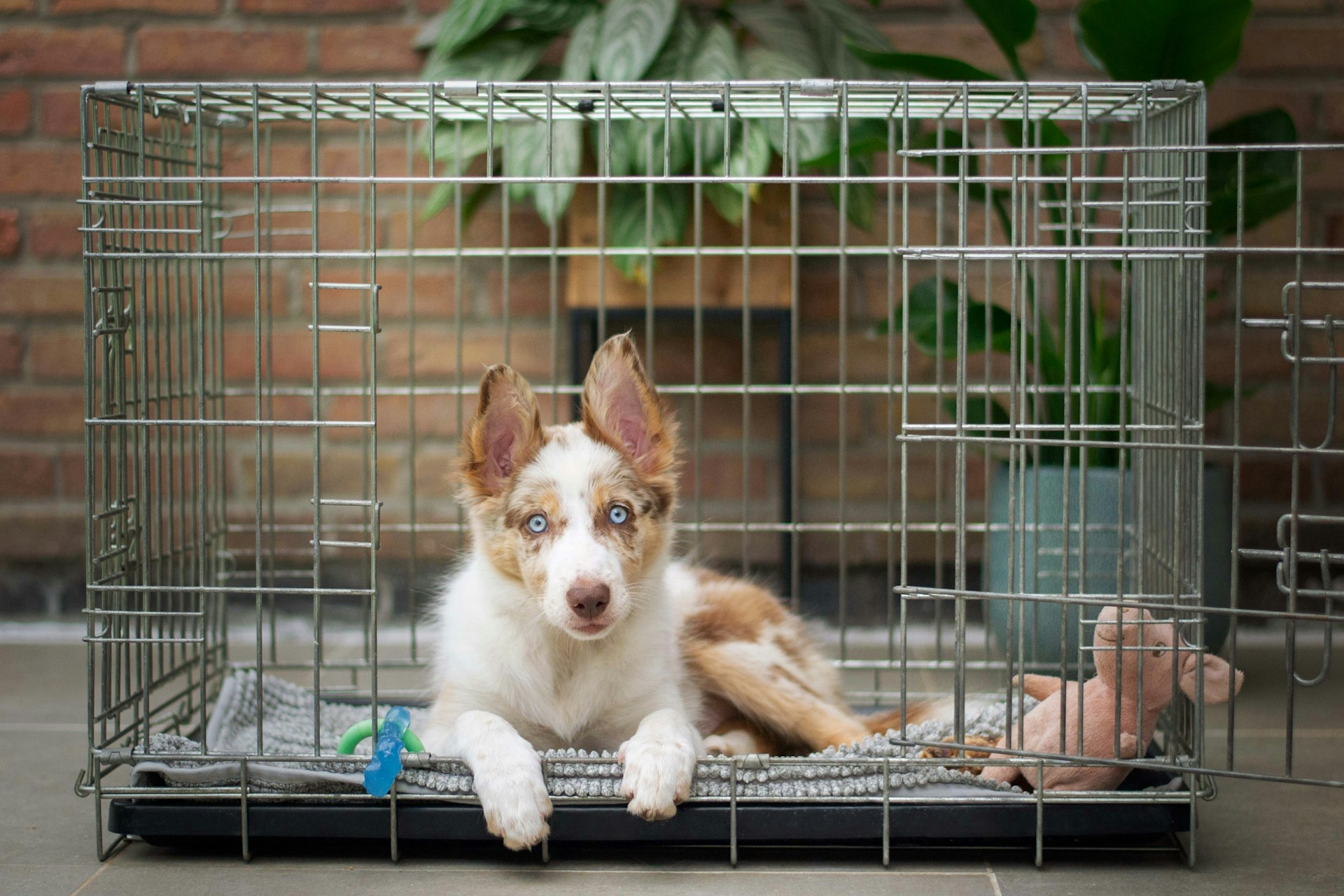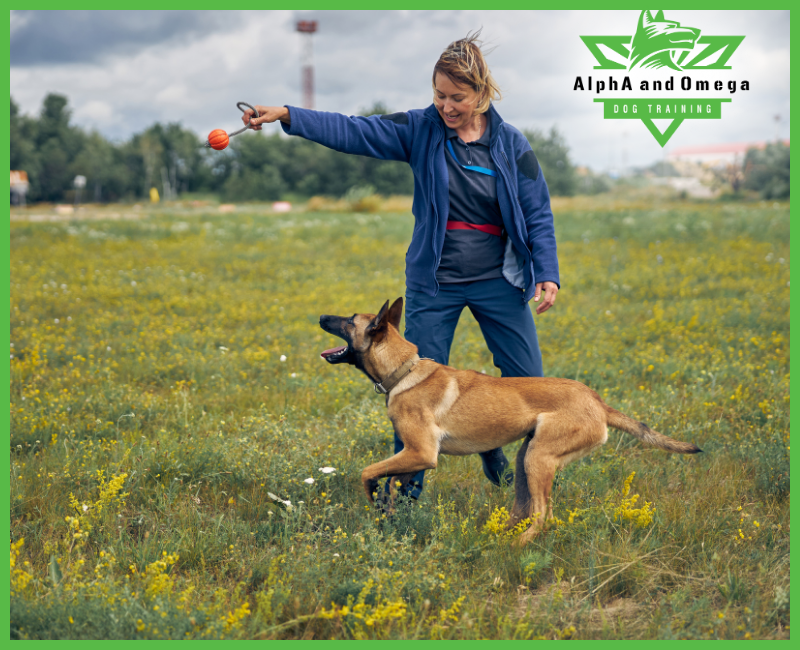
To get anxious at the vet is common for dogs . However, teaching your dog a few simple tricks can transform stressful vet visits into positive experiences. Let’s explore how a fun and rewarding training session can benefit both you and your pup during your next vet adventure. Need us to work a lesson by you and your vet’s office, to tackle the challenges or issues directly? We do that!
Master Dog Trick Training: Best Tips for Teaching Fun Dog Tricks
My dog can get nervous during vet visits, and because she has several chronic conditions, those visits are frequent. For these appointments, I do everything possible to minimize her stress. This includes utilizing skills she learned as an Elite Performer in AKC Trick Dog.
By performing these tricks before and during exams, she distracts herself and maneuvers her own body in a way that allows the vet to examine her more easily (without anyone having to manipulate her). Whether your dog is an Elite Performer or new to tricks entirely, dog trick training can make vet appointments easier for everyone.
Make the Vet’s Office an Engaging Environment
Your dog may become anxious at various points during the visit. Eye contact with you can help soothe them, so teach them a “watch me” cue that encourages them to look at you. This cue distracts your dog from anything else that’s going on, like other owners checking in their pets, vet techs moving around, or TVs playing in the waiting room.
You can practice simple tricks that your dog enjoys while you wait. However, sometimes anxious dogs won’t take treats, which may make practicing tricks hard. If your dog does take treats, it might be a good time to brush up on classic skills like sitting on cue or tricks like reach up.
Just make sure to keep your dog’s leash on, in case anyone opens a door. Bring a non-skid mat your dog is familiar with, and they can sit on it while waiting or practicing tricks.
Even if your dog is friendly with other dogs and people, it’s important for them to not go visiting when at the vet. You never know if other animals may be irritable, aggressive, sick, or contagious. If your dog knows how to heel, you can use that to keep them by your side.
When it’s time to go to the exam room, some dogs may be hesitant. Try luring your dog forward using a trick called magnet hand. To do this, take a small handful of training treats and put them into your fist. Then, put your hand down to your dog’s nose level. Slowly open your fingers, revealing the dog treats one at a time, as your dog walks through the waiting room to the scale or exam room. This will draw them in the right direction, as if you were a magnet.
Advocate for Your Dog
There are going to be veterinary emergencies where your dog needs to be seen quickly. When you’re going for non-emergency appointments, talk to the staff and vet about ways to help prioritize your dog’s comfort. After all, you know best what will keep them calm and relaxed, and veterinarians are increasingly willing to work with dog owners to make vet visits as stress-free as possible. You can ask if you can help maneuver your dog physically or engage them with tricks during the exam.
If the waiting room is too stressful, ask your vet if you can wait in the car until an exam room is ready. Some vets may even let you enter through a side or back door to lessen the stress of walking past strange dogs and people.
Which Dog Tricks Can Help During Vet Exams?

If your dog gets nervous or doesn’t enjoy being handled, you can teach your dog tricks that will expose certain parts of their body. This reduces the need for physical manipulation to get them into positions where the vet can examine them.
‘Paws Up’
In advance of your next veterinary visit with your dog, consider teaching paws up. For this behavior, your dog will put two paws (or all four) up onto an object when cued. This is an easy skill you can teach at home with a training platform, an ottoman, or other low, sturdy object you have around the house.
At the vet’s office, you can use this when your dog is getting weighed and on the scale. This will allow them to balance properly, allowing the vet to weigh them (without the dog trying to scramble down). Using this trick turns getting weighed turns into an enrichment activity. This trick also gives your dog confidence, since they can get on and off the scale themselves instead of needing to be lifted, restrained, and maneuvered.
Chin Rest
With the chin rest behavior, dogs will place their chin on your hand and hold still in that position. This skill is helpful for cooperative grooming, but also for veterinary visits. Chin rests are a low-stress handling approach for showing your dog’s face, allowing your vet to more easily examine their eyes, ears, and teeth.
Sit Pretty
The sit pretty or beg position allows your vet to see your dog’s chest, stomach, and groin area. Some vets will be able to see enough of your dog’s underside when they’re sitting pretty, while others may need to look more closely.
‘Shake’
If your dog loves to meet new people but gets overly excited, cueing them to shake hands with the staff gives them a way to positively engage. Shake is also useful if your dog’s vet needs to examine your dog’s paws.
‘Play Dead’
If your dog knows how to play dead, ask them to do this trick before the vet examines their feet or abdomen.
Position Lures
If your dog doesn’t know a lot of tricks, you can also use a lick mat or a hollow dog toy (maybe stuffed with dog-safe spray cheese or doggy peanut butter) to lure them into in a specific position and keep them there. Luring a dog into different movements with a treat is so effective because a dog’s body follows their nose. Luring also gives dogs the freedom to get into positions on their own, such as standing for the vet to check their heart or spinning around to show their other side.
Find the Right Vet
Owners of nervous dogs may want to look into Fear Free-certified vet clinics. These vets’ offices aim to recognize signs of stress in dogs and work with owners to decrease a dog’s fear around vet visits. For example, at these clinics, the teams take dogs right to private exam rooms, utilize traction mats to stop dogs from slipping on the floor, use calming pheromones for dogs, and minimize loud noises.
If your dog is prone to anxiety, you may also want to consider bringing a dog muzzle that they’re comfortable wearing. Dog trick training can distract your pet and keep their mind occupied, a nice complement to this approach.

Turn stressful vet visits into positive experiences! Learn how with our dog trainers for aggressive dogs. AlphA and Omega Dog Training offers training that strengthens communication and builds a loving bond between you and your pup. Call us today at (844) 739-0990 and click here to visit our Instagram for more tips and tricks.
Reference: [https://www.akc.org/expert-advice/training/dog-trick-training-vet-visits/]





